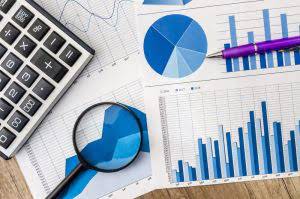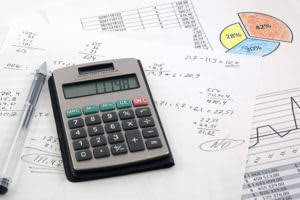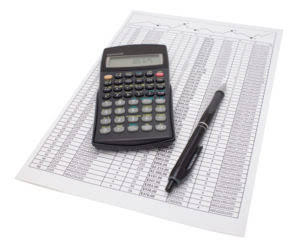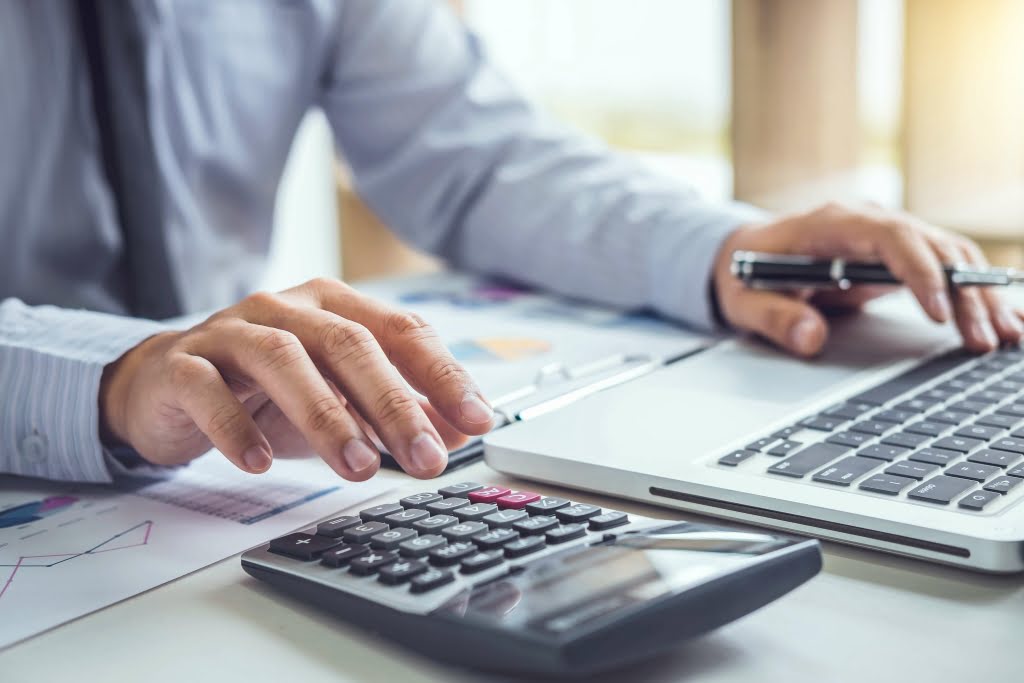
They are things like buildings, machines, and special rights like patents. Big companies in Suspense Account the U.S. often have a lot of these assets, which add to their value. The assets of the business will increase by $12,000 as a result of acquiring the van (asset) but will also decrease by an equal amount due to the payment of cash (asset).

Introduction to Generally Accepted Accounting Principles (GAAP)

Utilizing advanced accounting software enables organizations to proactively identify and manage anomalies. An asset is a resource that can provide current or future economic benefit to the organization who owns or controls the asset. Assets are reported on a company’s balance sheet and comprises various asset types such as intangible assets, financial assets, fixed assets and current assets. Thus, there is no need to show additional detail for the asset or liability sides of the accounting equation.
Assessing Company Financial Health
- A quick definition of current assets is cash and assets that are expected to be converted to cash within one year of the balance sheet’s date.
- The balance sheet is one in a set of five financial statements distributed by a U.S. corporation.
- Let’s consider a company whose total assets are valued at $1,000.
- It includes money from investors, profits kept in the company, and shares bought back.
Firms can get the data for total assets and total liabilities from the balance sheet which they can then use further in the accounting equation to determine the equity. Thus, you have resources with offsetting claims against those resources, either from creditors or investors. All three components of the accounting equation appear in the balance sheet, which reveals the financial position of a business at any given point in time. The assets in the accounting equation are the resources that a company has available for its use, such as cash, accounts receivable, fixed assets, and inventory. Accounts receivable include all amounts billed to customers on credit that relate to the sale of goods or services.
Rearranging the Accounting Equation
When a business uses the Accrual basis accounting method, the revenue is counted as soon as an invoice is entered into the accounting system. Other names for net income are profit, net profit, and the “bottom line.” To tracks a company’s Net Income as it accumulates over the years, Retained Earnings or Owner’s Equity is credited. On the first day of the fiscal year, most accounting programs automatically credit this account with the previous year’s Net Income. Examples of liability accounts that display on the Balance Sheet include Accounts Payable, Sales Tax Payable, Payroll Liabilities, and Notes Payable. If we rearrange the Accounting Equation, Equity is equal to Assets minus Liabilities.
Expenses

Since equity and liabilities are related, any changes in revenue or expenses affect the overall financial position of a company. This insight is crucial for accurate reporting and strategic planning. Equity is sensitive to various business activities, including profit generation, loss incurrence, and owner’s equity transactions like dividends and stock issuance. Liabilities represent what a company owes, encompassing debts and obligations to third parties. They are also divided into current liabilities (short-term) and long-term liabilities. Metro Courier, Inc., was organized as a corporation on January 1, the company issued shares (10,000 shares at $3 each) of common stock for $30,000 cash to Ron Chaney, his wife, and their son.

Assets, Liabilities, Equity: What Small Business Owners Should Know
Earnings give rise to increases in retained earnings, while dividends (and losses) cause decreases. The double-entry system requires a company’s transactions to be entered/recorded in two (or more) general ledger accounts. One account will have the amount entered on the left-side (a debit entry), while another account will have the amount entered on the right-side (a credit entry). As a result, the total amount of debits in the accounts will be equal to the total amount of credits in the accounts. This will be evidenced by the accounting equation and the company’s balance sheet. Accounting equation describes that the total value of assets of a business entity is always equal to its liabilities plus owner’s equity.
- Thus, there is no need to show additional detail for the asset or liability sides of the accounting equation.
- Since the accounting equation will always stay balanced, no transaction can disrupt its accuracy—every change in assets must be offset by a corresponding change in liabilities or equity.
- For example, although the land cost $125,000, Edelweiss Corporation’s balance sheet does not report its current worth.
- An accounting transaction is a business activity or event that causes a measurable change in the accounting equation.
- These include cash, inventory, equipment and accounts receivable.
Keeping accurate records isn’t just a chore; it’s your ticket to making informed decisions assets = liabilities + equity and steering your company toward success. So next time you glance at your balance sheet, you’ll see more than just numbers—you’ll see the story of your business. Assets can classified as current assets if they are cash or cash equivalents, or when they are held primarily for the purpose of trade or they are realized or used as part of the normal operating cycle. Current assets includes assets such as inventory, accounts receivable, short-term investments, accrued revenue, prepaid expenses and cash.
To illustrate suppose the business has a wage cost for hours worked by factory employees. This cost has no future benefit (the hours paid for have already been worked) and the cost is treated as an expense. However, it’s expanded accounting equation not so simple as just adding all of these things up. The 500 year-old accounting system where every transaction is recorded into at least two accounts. The equation remains in balance thanks to the double-entry accounting (or bookkeeping) system.
- So next time you glance at your balance sheet, you’ll see more than just numbers—you’ll see the story of your business.
- Changes in balance sheet accounts are also used to calculate cash flow in the cash flow statement.
- This formula is used to create financial statements, including the balance sheet, that can be used to find the economic value and net worth of a company.
- Balance sheets, like all financial statements, will have minor differences between organizations and industries.
- This data from Alphabet Inc.’s 2021 balance sheet shows how the equation works.
- While we strive to provide a wide range of offers, Bankrate does not include information about every financial or credit product or service.
Debt is a liability whether it’s a long-term loan or a bill that’s due to be paid. Costs can include rent, taxes, utilities, salaries, wages, and dividends payable. Assets represent the valuable resources controlled by a company and liabilities represent its obligations. Both liabilities and shareholders’ equity detail how the assets of a company are financed. It will show as a liability if it’s financed through debt but in shareholders’ equity if it’s financed through issuing equity shares to investors. Assets and liabilities are categorized into short- and long-term subcategories, and within those categories, you may see multiple assets.

 +1-888-843-5849
+1-888-843-5849

